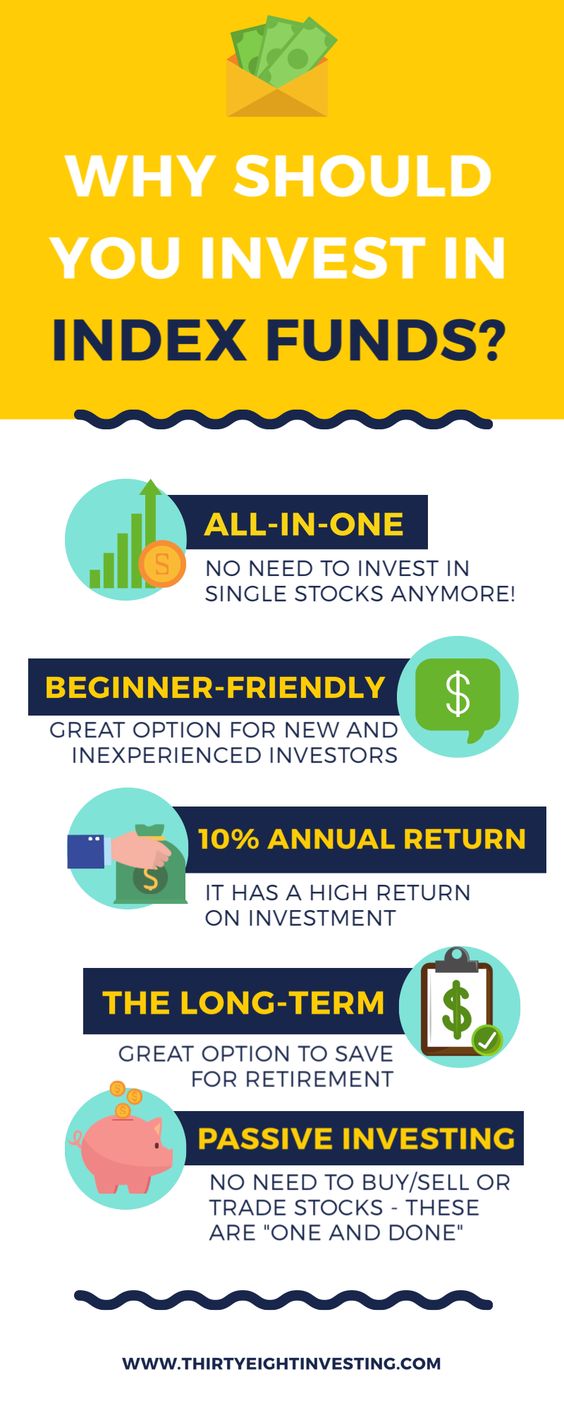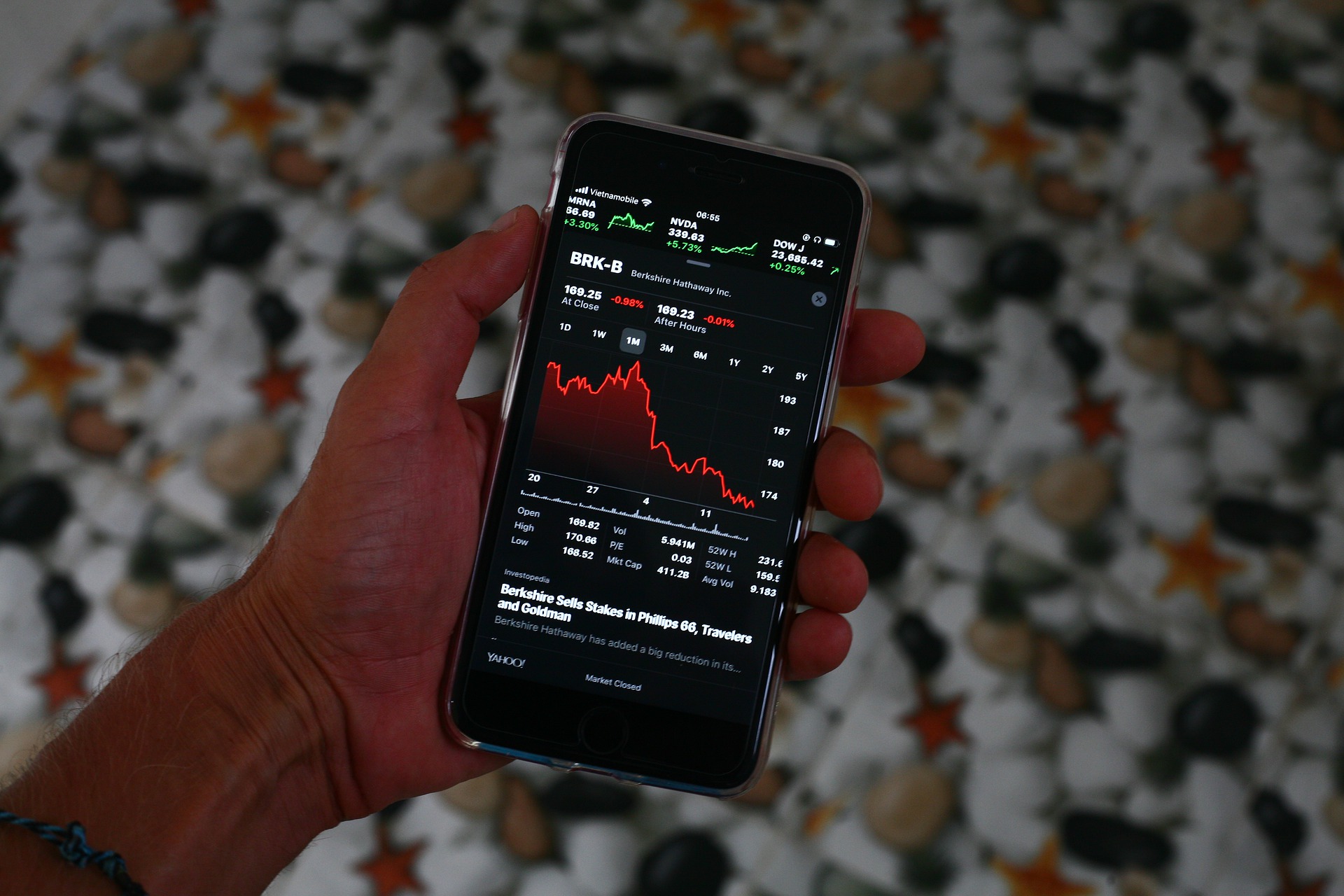
A value investor looks for stocks that are undervalued based on a variety of factors. Some of these factors include book value (the difference between a company's assets and liabilities), earnings, and other factors. These stocks are often held by them for a prolonged period. They don't expect the stock will suddenly increase in price, but expect it slow over a long duration.
Contrarian value investor
Contrarian value investors invest against the market and evaluate current market conditions. He seeks out opportunities when other investors rush into certain sectors and asset classes, or sell assets to raise capital. There has been a lot more volatility in the stock market over recent years and some sectors have seen higher returns than others. Contrarians are often drawn to companies with high profit margins and that are undervalued.

The difference between a value investor and a contrarian is often fine-tuned through trial and error. One famous example is the story of Michael Burry, a California-based neurologist-turned-hedge fund owner, who figured out that the subprime mortgage market was mispriced and shorted the riskiest part of the market. His story, subsequently a bestseller, has become a classic in the world of investing.
Index fund investor
An index fund investor is a value investor who prefers index funds to actively managed funds. Index funds are made up of a preselected portfolio of stocks or bonds. This reduces the impact of any one stock's drop. An index fund, however, is composed of individual stocks that take a larger hit than an Index Fund. Index funds also have a lower turnover rate, which will reduce your tax bill.
Investors who place importance on value do not care about price fluctuations, but rather the underlying assets of the company. The value of a company is anchored by the intrinsic value of its underlying assets, such as its net tangible assets. This enables a value investor to maintain a more stable attitude when prices fall. An index investor uses an arbitrary anchor instead to determine value. Investors who lose their investment value experience more pain and are more likely abandon their investment.
Active value investor
An Active Value Investor invests in stocks based upon their value. He should be able to identify companies with strong values that are likely to grow. A value investor should know the difference between growth and value stocks. Value stocks are more expensive than growth stocks. However, value stocks tend to be less expensive than growth stock. There is however a style gap between the two. This is why growth stocks can outperform values stocks.

Active Value Investors search for stocks with high potential return at a low cost. These stocks may not be of low quality. They have historically shown low to midteen ROEs. Also, their growth rates are in the low single digits. These low-priced stocks often have lower returns than their higher-priced counterparts.
FAQ
Can I invest my retirement funds?
401Ks can be a great investment vehicle. They are not for everyone.
Most employers give their employees the option of putting their money in a traditional IRA or leaving it in the company's plan.
This means that you can only invest what your employer matches.
You'll also owe penalties and taxes if you take it early.
Is it really a good idea to invest in gold
Since ancient times, gold is a common metal. It has remained valuable throughout history.
As with all commodities, gold prices change over time. When the price goes up, you will see a profit. If the price drops, you will see a loss.
No matter whether you decide to buy gold or not, timing is everything.
Do I need knowledge about finance in order to invest?
No, you don't need any special knowledge to make good decisions about your finances.
All you need is commonsense.
Here are some tips to help you avoid costly mistakes when investing your hard-earned funds.
First, be careful with how much you borrow.
Don't put yourself in debt just because someone tells you that you can make it.
Make sure you understand the risks associated to certain investments.
These include inflation and taxes.
Finally, never let emotions cloud your judgment.
It's not gambling to invest. It takes skill and discipline to succeed at it.
You should be fine as long as these guidelines are followed.
Should I diversify or keep my portfolio the same?
Many people believe that diversification is the key to successful investing.
In fact, financial advisors will often tell you to spread your risk between different asset classes so that no one security falls too far.
However, this approach does not always work. It's possible to lose even more money by spreading your wagers around.
Imagine that you have $10,000 invested in three asset classes. One is stocks and one is commodities. The last is bonds.
Imagine that the market crashes sharply and that each asset's value drops by 50%.
At this point, there is still $3500 to go. You would have $1750 if everything were in one place.
So, in reality, you could lose twice as much money as if you had just put all your eggs into one basket!
Keep things simple. Take on no more risk than you can manage.
How do you know when it's time to retire?
You should first consider your retirement age.
Is there a specific age you'd like to reach?
Or would you rather enjoy life until you drop?
Once you have set a goal date, it is time to determine how much money you will need to live comfortably.
The next step is to figure out how much income your retirement will require.
Finally, determine how long you can keep your money afloat.
Can I lose my investment?
Yes, it is possible to lose everything. There is no guarantee of success. But, there are ways you can reduce your risk of losing.
One way is diversifying your portfolio. Diversification helps spread out the risk among different assets.
Stop losses is another option. Stop Losses let you sell shares before they decline. This lowers your market exposure.
Margin trading is also available. Margin trading allows for you to borrow funds from banks or brokers to buy more stock. This increases your chances of making profits.
Statistics
- According to the Federal Reserve of St. Louis, only about half of millennials (those born from 1981-1996) are invested in the stock market. (schwab.com)
- Some traders typically risk 2-5% of their capital based on any particular trade. (investopedia.com)
- An important note to remember is that a bond may only net you a 3% return on your money over multiple years. (ruleoneinvesting.com)
- Over time, the index has returned about 10 percent annually. (bankrate.com)
External Links
How To
How to invest stocks
Investing is one of the most popular ways to make money. It is also considered one of the best ways to make passive income without working too hard. There are many ways to make passive income, as long as you have capital. All you need to do is know where and what to look for. This article will help you get started investing in the stock exchange.
Stocks are shares that represent ownership of companies. There are two types, common stocks and preferable stocks. Common stocks are traded publicly, while preferred stocks are privately held. Stock exchanges trade shares of public companies. They are priced based on current earnings, assets, and the future prospects of the company. Investors buy stocks because they want to earn profits from them. This process is called speculation.
Three steps are required to buy stocks. First, you must decide whether to invest in individual stocks or mutual fund shares. The second step is to choose the right type of investment vehicle. Third, you should decide how much money is needed.
Choose Whether to Buy Individual Stocks or Mutual Funds
If you are just beginning out, mutual funds might be a better choice. These portfolios are professionally managed and contain multiple stocks. You should consider how much risk you are willing take to invest your money in mutual funds. Mutual funds can have greater risk than others. You may want to save your money in low risk funds until you get more familiar with investments.
You should do your research about the companies you wish to invest in, if you prefer to do so individually. You should check the price of any stock before buying it. Do not buy stock at lower prices only to see its price rise.
Select Your Investment Vehicle
After you have decided on whether you want to invest in individual stocks or mutual funds you will need to choose an investment vehicle. An investment vehicle is simply another way to manage your money. For example, you could put your money into a bank account and pay monthly interest. You can also set up a brokerage account so that you can sell individual stocks.
You can also create a self-directed IRA, which allows direct investment in stocks. You can also contribute as much or less than you would with a 401(k).
Selecting the right investment vehicle depends on your needs. You may want to diversify your portfolio or focus on one stock. Are you seeking stability or growth? How confident are you in managing your own finances
The IRS requires investors to have full access to their accounts. To learn more about this requirement, visit www.irs.gov/investor/pubs/instructionsforindividualinvestors/index.html#id235800.
Calculate How Much Money Should be Invested
Before you can start investing, you need to determine how much of your income will be allocated to investments. You can put aside as little as 5 % or as much as 100 % of your total income. The amount you choose to allocate varies depending on your goals.
It may not be a good idea to put too much money into investments if your goal is to save enough for retirement. For those who expect to retire in the next five years, it may be a good idea to allocate 50 percent to investments.
It's important to remember that the amount of money you invest will affect your returns. You should consider your long-term financial plans before you decide on how much of your income to invest.